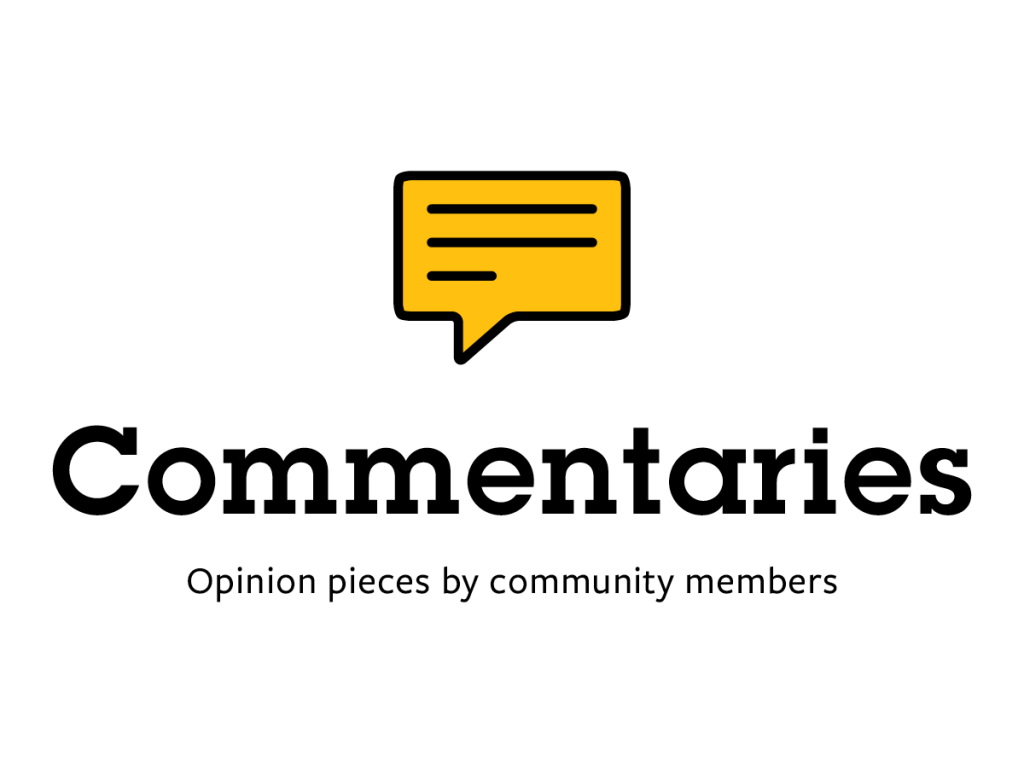This commentary is by Richard Witting of Burlington. He completed his master’s degree in history at the University of Vermont this past spring. His research on Vermont’s sterilization certificates was just published in the UVM History Review.
Over three years as a history graduate student, I made a comprehensive study of the conflict between those who claim to be Abenaki in Vermont and the actual Abenaki Peoples of the Odanak and Wôlinak First Nations. This deep dive led me to investigate the widely circulated allegation that Abenaki were the targets of eugenics policies in Vermont. In short, I found no credible evidence to support these claims.
What I uncovered instead was a troubling, and ongoing, pattern of historical erasure: the real victims of Vermont’s eugenics policies, the poor and disabled, are not being foregrounded, and the protests of Vermonts’ actual Indigenous people continue to be ignored. Most troublingly, the state’s ongoing Truth and Reconciliation Commission has become party to this erasure and a perpetrator of state harm.
Multiple investigations, including an award-winning report by VTDigger, demonstrate that Vermont’s four self-proclaimed “Abenaki tribes” have no connection to any historic Abenaki or Indigenous community. Most members are of European descent, who, starting in the 1970s, invented an Indigenous identity based on family lore or erroneous genealogy. This phenomenon of non-Native people appropriating Indigenous identity is not unique to Vermont and is being contested by First Nations across North America.
READ MORE
Raised in liberal Vermont, I grew up on stories of persecuted Abenaki as the victims of an “Indigenous holocaust.” The narrative was vivid: families abducted by army trucks in the dead of night, thousands of Abenaki women forcibly sterilized. Yet when I investigated these claims, I was shocked by the absence of evidence. There was no documentation and no corroboration of these events in the historical record.
None.
In fact, these claims were thoroughly debunked by the Vermont attorney general in 2003. So how did this widely accepted version of history take root in the first place?
In 1991, historian Kevin Dann speculated that a family described as “gypsies” in the University of Vermont’s eugenics survey may have been Abenaki. As Dann told me himself, by this he meant the seasonal traveling basket sellers from Odanak, not any Vermont-based group. Nevertheless, his speculation was seized upon by the newly-formed “Vermont Abenaki” who used it to support their narrative of “hiding in plain sight.” The narrative has been invoked repeatedly to explain the complete absence of any genealogical or historical evidence of their claimed Abenaki heritage.
The myth was bolstered by Nancy Gallagher in her book ”Breeding Better Vermonters.” Gallagher repeats these unsubstantiated claims, and author Mercedes De Guardiola continues to promote this falsehood. But despite decades of retelling, no one has shared credible evidence to support the claim that the Abenaki were targeted by Vermont’s eugenics policies.
Because there is none.
Vermont, a small state where people have long been interconnected, had an intimate and close-knit social fabric a century ago. The idea that a hidden Abenaki tribe could have existed for 200 years, evading all detection, while simultaneously being the target of a state-sponsored pogrom, is implausible fiction.
So who were the real targets of Vermont’s eugenics policies?
I examined 100 years of periodicals, eugenics literature, census data, and, most importantly, the Eugenics survey records housed at the Vermont State Archives. I also dug into all available data on the sterilizations performed under Vermont’s 1931 “Voluntary” Sterilization law. These sterilization records, recently made available to researchers, formed the basis of my recently published paper
These data reveal that between 1931 and 1952, 256 sterilizations were performed under this law. Those sterilized were disabled, poor, more often women, and were assessed as “unintelligent” by the standards of the time. Many were judged for so-called moral failings, such as alcoholism, sexually transmitted infections, or having children out of wedlock. None of the individuals were Abenaki.
The term “eugenics” derives from Latin and means “better genes.” Vermont’s eugenicists, much like their counterparts elsewhere in the progressive movement, falsely believed that social problems — such as poverty, criminality and disability — could be eradicated by preventing people with those traits from reproducing. They explicitly targeted those deemed “defectives,” “delinquents” and “degenerates.” When people fit these categories and were impoverished or institutionalized, they became prime candidates for sterilization.
There are sparse references to “Indians” in the thousands of pages of the eugenics records. None explicitly suggest a targeting of Abenaki people. By building a myth focused upon these few lines, we ignore the thousands of poor and disabled people systematically targeted due to their socioeconomic status or disability.
Progressives got it wrong then, and we are getting it wrong again now, and, in this regard the VTRC is failing at its core mandate to address harms by presenting the truth.
It is a conflict of interest to have a member of a self-recognized “Abenaki” lobbying group in the position of commissioner, where they, not surprisingly, continue to platform self-indigenized voices in ceremonies, meetings and events, and ignore the harm that ill informed state recognition legislation does to all native communities.
If we are serious about justice, we must prioritize the actual victims of Vermont’s eugenics policies — those who were marginalized due to poverty and disability — and stop rewriting history to fit the fictional narrative of Vermont’s “Abenaki”. We must also confront the harm of even passively supporting false claims by those who appropriate and exploit an Indigenous heritage they do not possess.
At present, the true story of Vermont’s poor and disabled, the actual targets of eugenics, remains unvoiced. And the protest of Vermont’s First People continues to be ignored.
Vermonters must address these truths before we can hope for any reconciliation.
Read the story on VTDigger here: Richard Witting: Any ‘truth and reconciliation’ must begin with truth.

